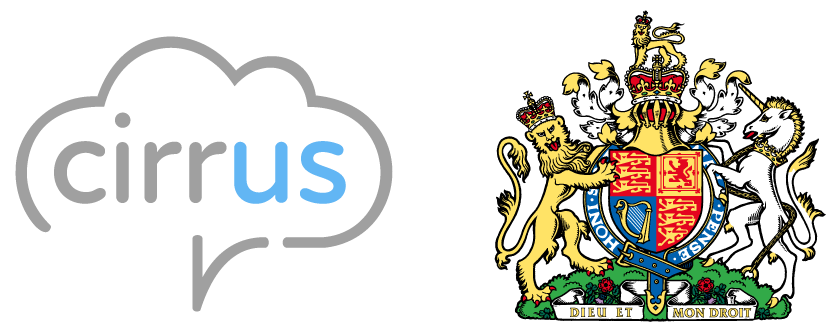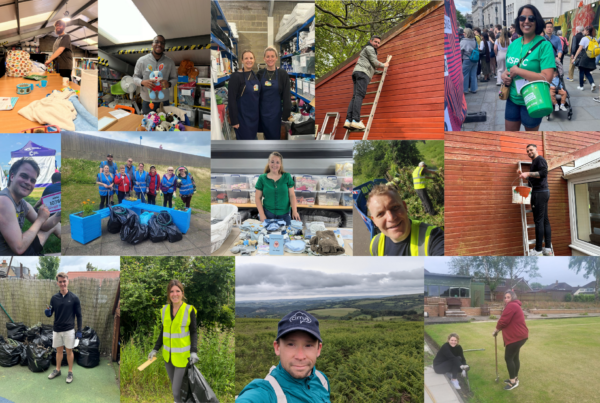One of the most pleasing developments in the internet era has been the opportunity to make a difference in the very fabric of our society. In no sector is this more relevant than in public services.
Digital channels are transforming citizen experiences. By making the public sector work more effectively, they are helping people in their everyday lives.
In this article, we’ll explore how digital tools and strategic improvements are upgrading public services, enriching citizen satisfaction and building trust in government institutions.
Hurdle jumping in citizen services
Public sector contact centres are there to help citizens but often find their way blocked by hurdles including budget constraints, diverse communication needs and high-efficiency demands placed on them by a target-driven culture. The ageing public workforce increasingly finds itself under strain – a Deloitte report into the digitalisation of public sector organisations highlighted that not enough young people are applying for public sector positions.
Citizens expect the best when seeking help from the very people who are there to help them. But quite often, due to the issues outlined above, they have an inconsistent and frustrating experience. Long wait times, difficulty accessing information, or the need to repeatedly provide the same information across different departments are typical citizen pain points.
Is it really possible to operate multiple channels – including voice, digital platforms, and in-person services – seamlessly, while maintaining consistency and quality? The answer is yes – with creative problem-solving and the right solutions.
The role of digital channels
In every aspect, digital channels are playing a crucial role in improving citizen services. One key area of improvement is the implementation of online scheduling systems. By allowing citizens to book appointments online, public agencies can slash wait times and offer convenience; an excellent time and resource saver.
Citizens are being served by websites and mobile apps, answering common questions quickly and easily. This self-service approach empowers citizens and reduces the workload on contact centre staff, allowing them to focus on more complex inquiries.
Then there is internal comms. International collaboration and contact centre functionality are being achieved with integrated solutions such as Microsoft Teams. It makes life easier for agents by giving them the means to communicate between multiple departments.
Teams easily facilitates hybrid working, a necessity for today’s flexible arrangements. A classic example of this is how Cirrus guided the transition to the cloud for the Greater London Authority, allowing them to embrace hybrid working and seamlessly provide essential services to the community.
There is also the opportunity for agent status management (displaying if an agent is busy or available), and is scalable for omni-channel communications, methods like chatbots, messaging apps, and social media interactions to be added, all through Teams.
So as we can see – digital channels are proving a game-changer for citizen services and the general public.
A box which must be ticked: Improving accessibility
It’s one of the fundamental principles of the public sector: Making services available to all. The sector is embracing digital channels, but it’s essential to ensure that these services are accessible to every citizen.
Inclusive design should be a top priority, with digital platforms optimised for users with various disabilities. This might include features like screen reader compatibility, adjustable text sizes, and alternative input methods.
Multi-language support is important for public sector bodies serving diverse populations. It’s a way of ensuring that all citizens can access vital information and services, regardless of their primary language.
The E word
Just like companies operating in the commercial marketplace, public sector organisations are continually striving for efficiency. The public sector may not work for a profit, but there are jobs on the line, quotas to fulfil, and a demanding population to satisfy.
Optimising internal processes helps public sector chiefs to protect their budget and keep on track with targets set by the ‘powers that be’.
Automation can play a significant role in handling routine tasks, freeing up staff to focus on more complex issues that require human intervention. For instance, AI-driven chatbots can handle frequently asked questions, while automated email responses can acknowledge receipt of inquiries and provide initial guidance.
Real-time updates keep citizens informed throughout their service journey with up-to-the-minute information. This transparency improves the citizen experience and reduces the number of follow-up inquiries. The result? More of our favourite E word – efficiency.
The use of analytics and insights also drives enhanced decision-making and service delivery. By utilising data from various channels, public sector organisations are recording why people are contacting them and making more informed operational decisions. This data-driven approach can lead to both tactical improvements (like training more staff in particular skills) and strategic improves (such as identifying and addressing recurring issues before they escalate).
No citizen should slip through the net
Juxtapositioning the role of public sector organisations with commercial entities can only be taken so far. The public sector has a ‘customer base’ like no other – every citizen in the country.
To meet the diverse needs of every community member, services must be tailored to different demographic groups. This takes into account factors such as age, digital literacy, and specific service requirements.
A charter that declares no citizen should slip through the net demands an ability to ‘self help’ as a sector. How can the public sector get better?
Implementing a robust feedback system goes hand in hand with continuous improvement. By actively seeking and analysing citizen feedback, public agencies can identify areas for enhancement and refine their services accordingly. This ongoing process ensures that services evolve to meet changing citizen needs and expectations.
Adoption of AI technologies personalises and improves citizen services. However, many public sector organisations are still in the early stages of AI adoption, and a phased approach is sensible. AI Agent Assist tools are an efficiency ‘no brainer’, and can be a prelude to AI customer assist or AI customer self-serve systems.
The gateway to improvement
Public sector organisations have an exciting opportunity: The chance to revolutionise citizen experiences with digital transformation, taking steps such as upgrading accessibility, optimising processes, and making better use of data-driven insights.
A commitment to continual improvement will make the sector more responsive, efficient, and citizen-centric. It will take an ongoing journey of innovation and refinement, but we are well on our way.





